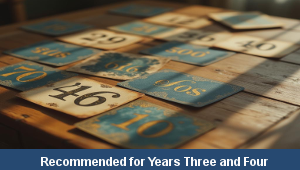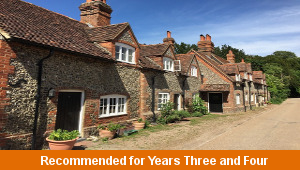Lesson Two – Sentence Links

This English teaching pack for Key Stage Two gets the children to practise using a range of conjunctions to link pairs of sentence clauses about different characters that feature in a range of narrative stories to show their thoughts and actions.
The class can select and define powerful adjectives to use in expanded noun phrases describing a range of special story characters.
Download this teaching pack including a lesson plan, classroom activities and an interactive presentation to practise using a range of conjunctions to link pairs of sentence clauses about different characters that feature in a range of narrative stories to show their thoughts and actions
Activities in this teaching pack include a differentiated set of worksheets to select adjectives that can be used to describe story characters to use in example sentences with conjunctions that have been used to link sentence clauses to show the characters’ thoughts and actions.
The interactive presentation gets the children to explore how to use a range of conjunctions to link sentence clauses about different story characters.
This lesson is part of an English scheme of work to get the children to research and model different ways that authors describe and use characters in narrative stories, practise identifying words with irregular past tense spellings and write sentences to describe story characters using conjunctions. There are teaching activities for shared learning, differentiated worksheets to support independent learning and interactive presentations to introduce concepts and key skills.
-

Rounding Hundreds
Explain and model how to round some different numbers to the nearest hundred based on the place values of the digits in each number
-

Rounding Tens
Identify and record how to round some different numbers to the nearest ten based on the place values of the digits in each number
-

Classic Animal Stories
Investigate the structure and content of classic works of fiction by significant authors with animals as the main characters
-

Cities, Towns and Villages
Research and present the history of a range of different buildings and people that are part of the local community using a school exhibition
